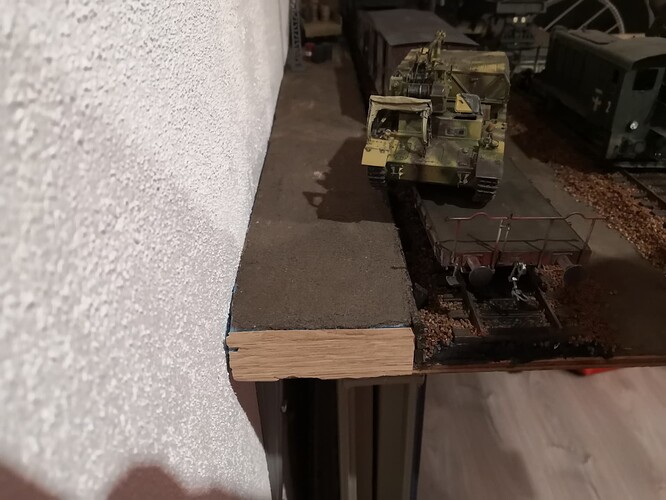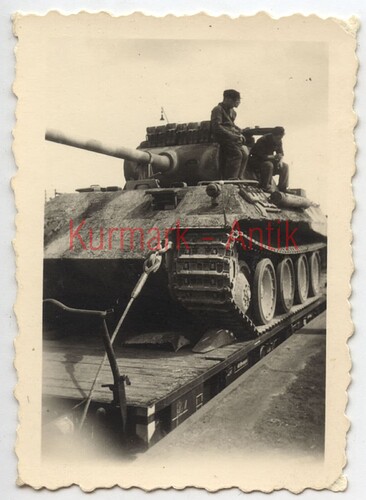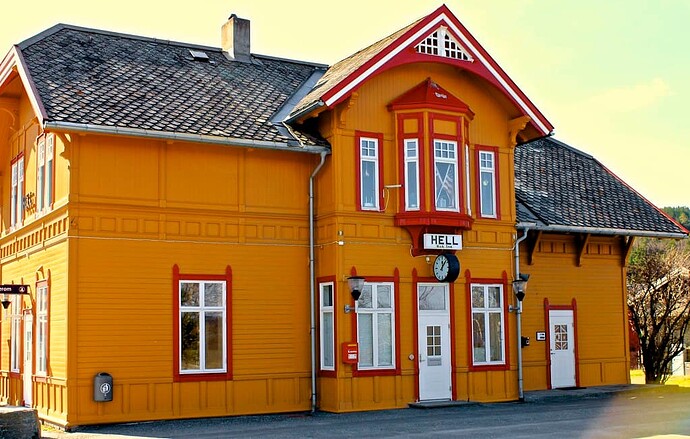Does anyone know how the wehrmacht in WW2 unloaded their tanks if there was no suitable ramp available and the plattform was too low?
Bring in the engineers/pioneers with a load of planks and timber?
They also had mobile ramps which could be disassembled and transported on the train.
A lot of soldiers with a lot of spades/shovels and make a dirt ramp?
Or a bunch of sleepers, but I’d like to see pics, which I have not found 
How the NVA (East Germany) did it in an emergency …
Here they do it with T-34’s, a little more brutal …
Hmm that is indeed not very subtle… That can’t be very good for the wagons!
This is my current challenge
I would build a ramp of planks/sleepers
Similar to what you saw in the NVA film, you mean?
Yes, at the beginning.
I have seen photos of similar constructions somewhere else.
There isn’t all that many different ways to put planks/logs/sleepers on top of each other.
I’ve seen photos of the Germans using piled up straw bales. Sounds unlikely I know. Can’t remember where I saw the photos unfortunately.
I think I saw somewhere they could be loaded from the side, which was morel or less levelled with the wagon like this…
True, but I have made the platform lower than that…
Your problem is that there is a standard height for platforms which aligns with the standard height of rolling stock decks. This allows cargo to be rolled on and off easily, even out of the doors of box cars, etc.
Rail lines are built with the destinations having a platform of one sort or another. A train does not just pull up in the middle of nowhere and unload - unless you are Russian apparently…
Generally, the trucks are shunted up to the cargo offload platform and the tanks drive off the rear onto the platform and away. The tanks drive off one bed to the next until they exit the last.
See about 22 seconds in:
A series of pics showing a Marder 1 being offloaded:
Other pics showing the usual method.

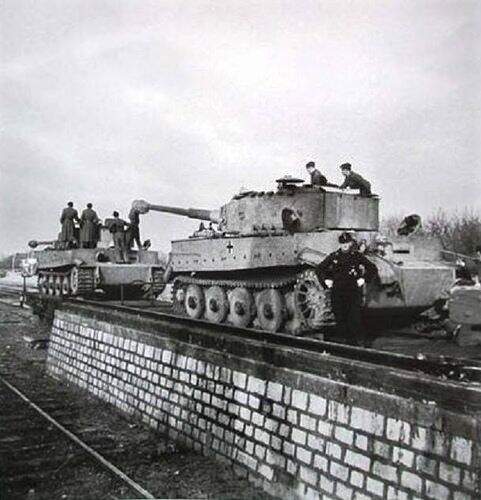
I have checked period pictures and seen samples of Polish railway platforms that were rather low. That is what I based my platform on…
By standard height, I meant by country to fit their most usual rail gauge, etc. There is no such thing as a universal one height fits all even in a single country. Poland is one of the big examples of multi height platforms, so you are quite correct with your issue.
Typical Polish platform is 760 mm (29.9 in) high. In some rural or urban/suburban areas (e.g. around Warsaw) platforms used by local traffic are lower or higher (550 to 1,060 mm or 21.7 to 41.7 in). All newly built platforms are 760 mm (29.9 in) high.
From:
As has been said, often the trains carried their own ramps on the last truck for just this issue. The ramps could be raised by using timber planks
It is also important to distinguish between loading platforms for goods and platforms for loading passengers.
Speaking of goods dispatch …
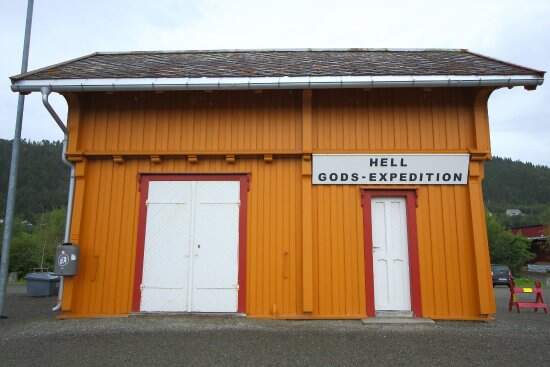
Hi Robin
Is that 1 stop on from purgatory?
The Chieftain mentioned tank off loading on his latest Q&A - made mention that modern western AFV could neutral turn off the carriage, but that Russian AFV’s couldn’t. Not sure if that’s true or not?
Mal
they usually use a group of log
So you take the Stairway to Heaven, but you need to get to Hell by train or the Highway… ![]()
I don’t know if Soviet/Russian tanks can do pivot turns or not.
Hell in Norwegian doesn’t mean the same thing as in English/American.
They do exploit it for tourism though 
Yeah, but there is Gods Expedition down there …


